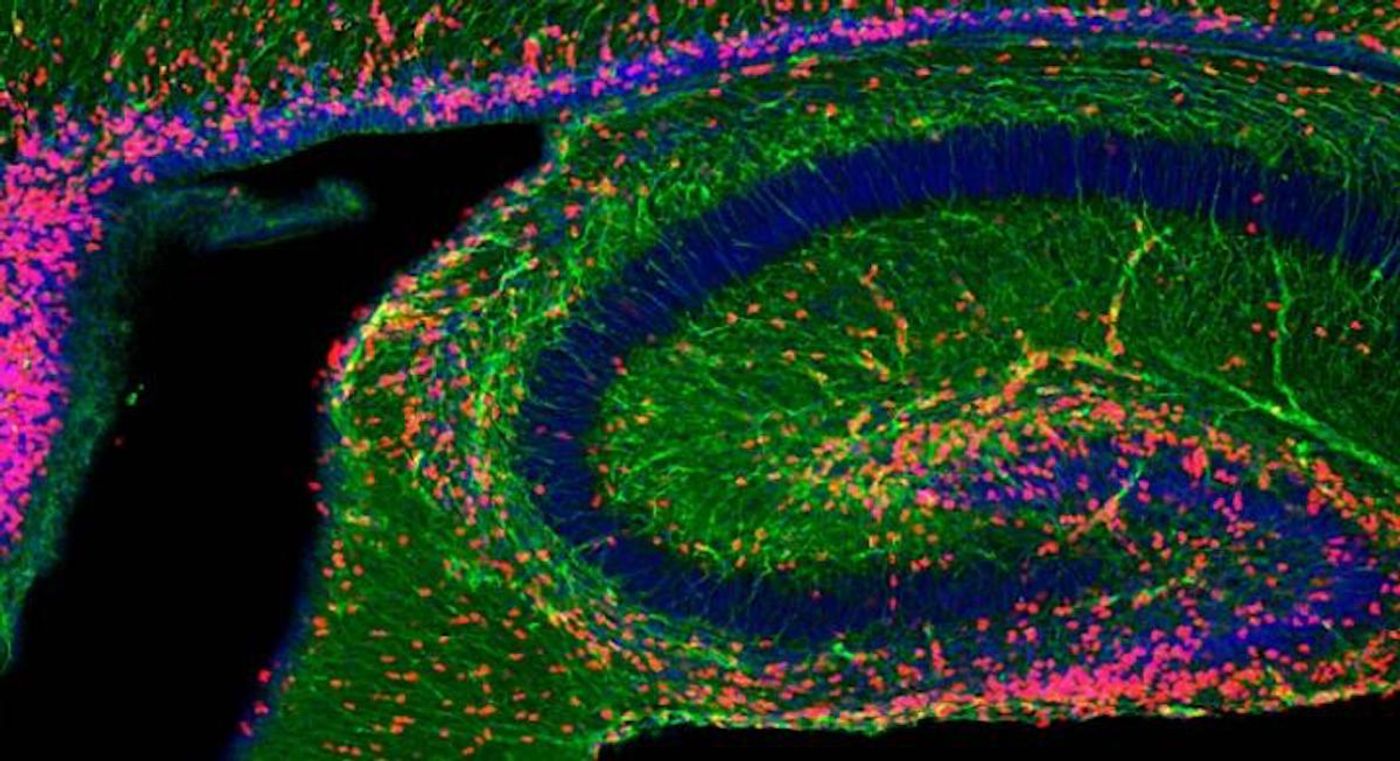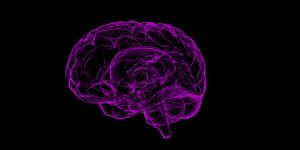Exosomes are Involved in Brain Development
Cell release little sacs of stuff called exosomes that were once thought to be full of junk. But there’s more to them than just cellular trash disposal; they’re used as a way for cells to communicate with one another (and are described in the video). Cells can pack signaling molecules and genetic material into them and send them off to other cells. Exosomes have also been connected to disorders, including cancer, mental disease, and Alzheimer’s. Reporting in the Proceedings of the National Academy of Sciences (PNAS), researchers have now learned more about the role of exosomes in neurodevelopment. They are critical to neuronal development and circuitry, and can also help brain cells heal if they are abnormally developed.
"During different stages of brain development, signaling between cells is absolutely essential," said Hollis Cline, Ph.D., co-chair of the Department of Neuroscience at Scripps Research and director of the Dorris Neuroscience Center. "We found that exosomes are one of the ways cells communicate these signals."
The reserach team was able to assess exosomes released by healthy human neurons and neurons modeling a developmental genetic disorder called Rett syndrome, which impacts the brain and causes symptoms similar to autism. The researchers used induced pluripotent stem cells that were derived from cells harvested from Rett syndrome patients or healthy controls. Exosomes released by Rett-affected cells didn’t carry essential signaling molecules that were found in exosomes from healthy cells. "They did not have bad stuff, but lacked the good stuff," noted Pranav Sharma, Ph.D., a neuroscientist in the Cline lab.
The team also tested Rett-affected cells that were rescued using CRISPR tools. After that treatment, the exosomes released by the cells were normal again. "Fixing the mutation reversed the deficits," Sharma added. When Rett-affected cells were exposed to these healthy exosomes, there was a therapeutic impact.
"That was perhaps our most exciting finding: that exosomes from healthy cells can indeed rescue neurodevelopmental deficiencies in cells with Rett syndrome," Cline said. "We see this as very promising because of the many neurodevelopmental disorders in need of a treatment. These are disorders for which we already have a deep understanding of the underlying gene deficiencies but are still lacking a therapy to address the disease itself."
The scientists did as prelimary test of this type of therapeutic by injecting normal exosomes into the hippocampus of mice. Neurons began to grow in that region, which is an area involved in memory and learning. This finding helps confirm that the cell culture results will hold up in a whole organism, and potentially, humans.
"The brain is a very complicated organ, and neurons are more complex than normal cells," Sharma added. "We didn't want to get lost in the complexity, so we decided on a reductionist approach to test what these vesicles are capable of and what they contain."
The researchers now want to know more about what exosomes could tell us. They may one day be a biomarker for disease, or help clinicians decide on the best treatment course for a patient. The scientists also want to know if exosomes might be altered in other neurodevelopmental disorders.
"This research has huge relevance for many diseases related to brain development," Cline added. "It's very interesting biology that has a lot of scientists excited about the possibilities."
Learn more about the therapeutic potential of exosomes from the video above.
Sources: AAAS/Eurekalert! via Scripps Research Institute, PNAS









